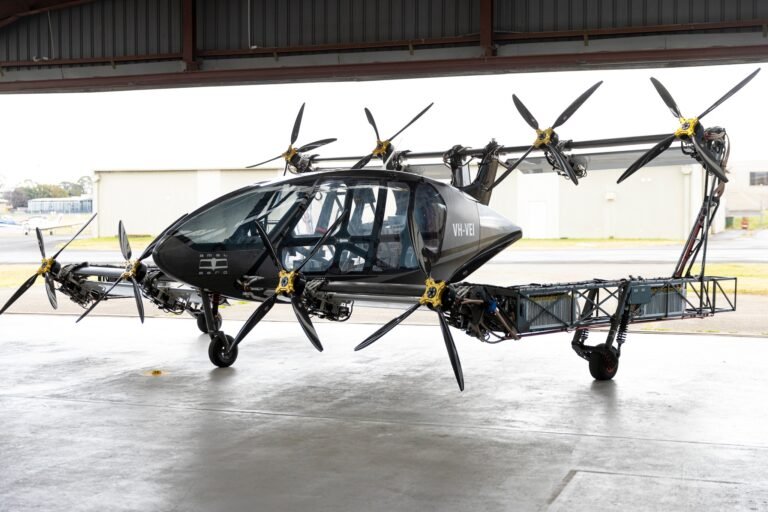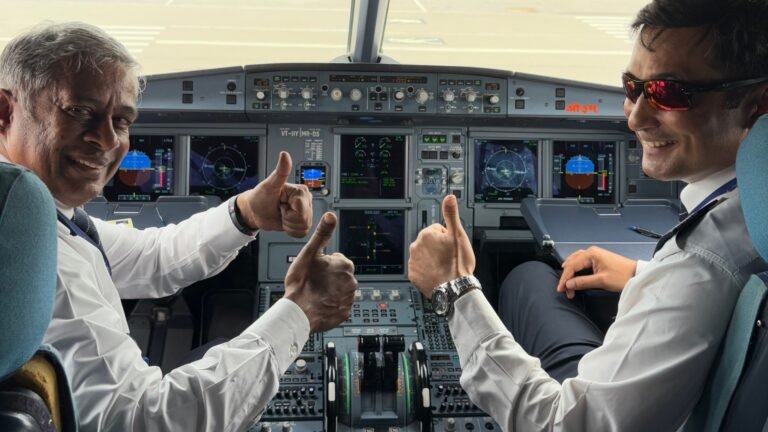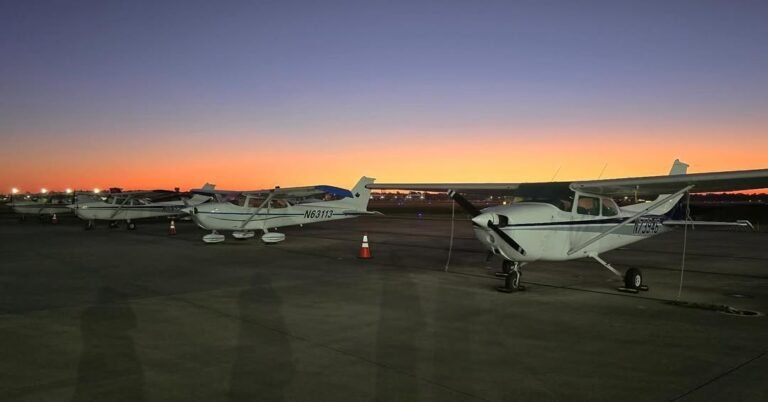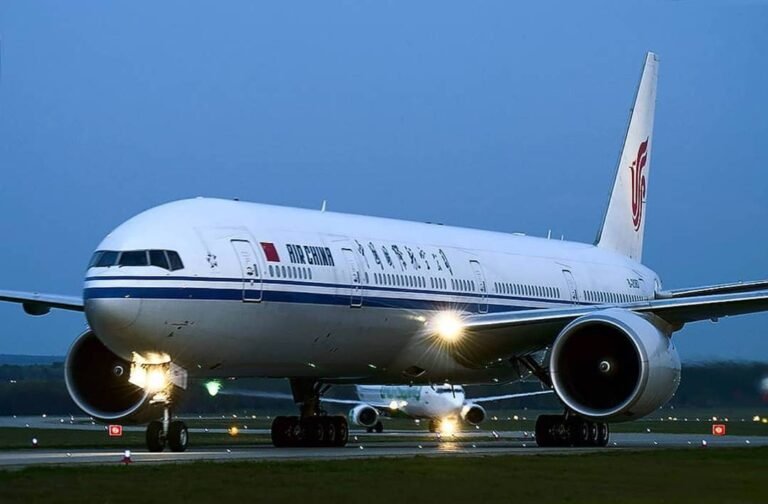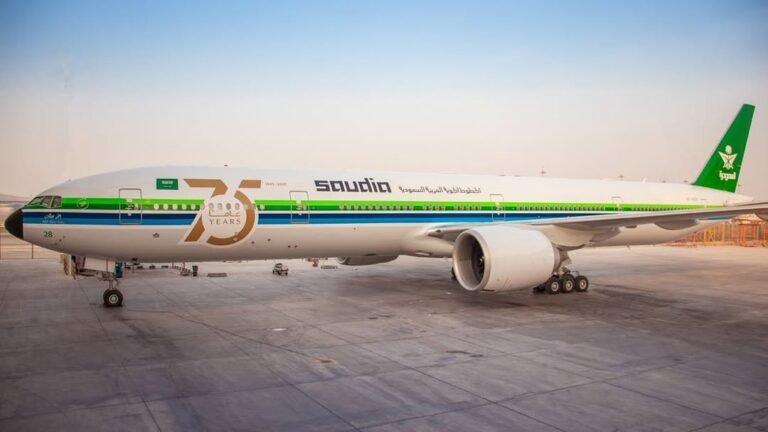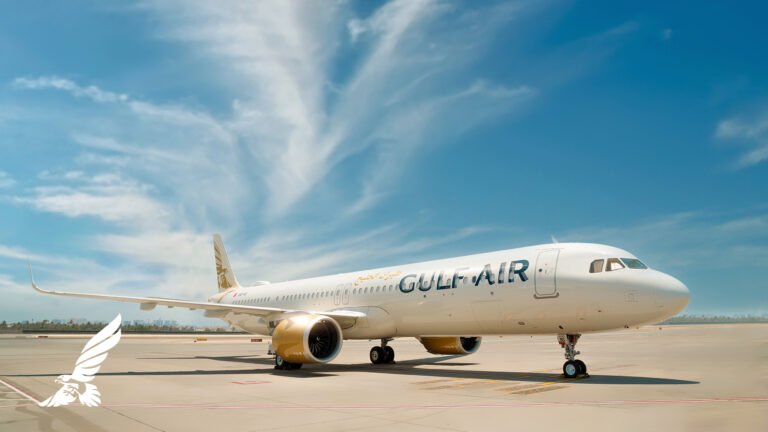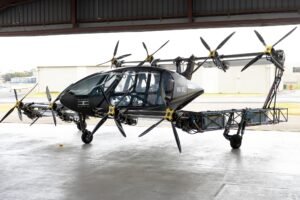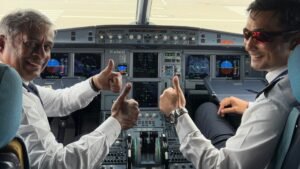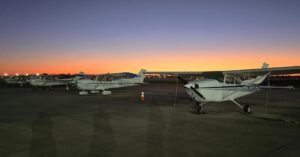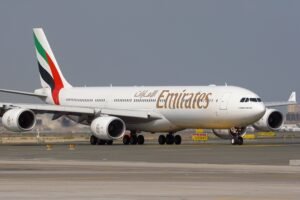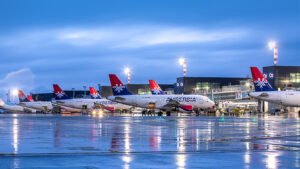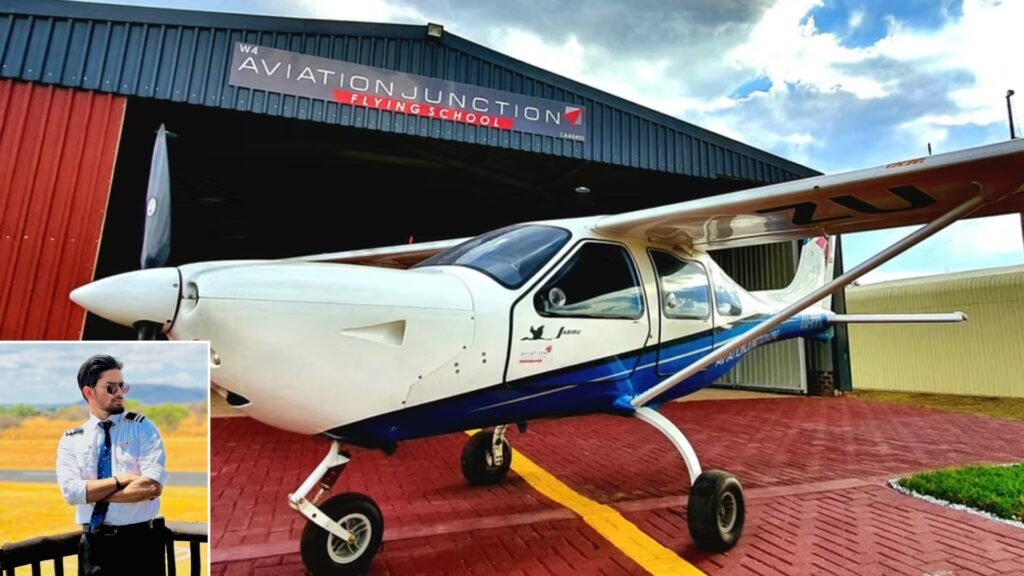
South Africa: South Africa’s general aviation sector is facing mounting scrutiny following a series of fatal training accidents involving student pilots. The latest tragedy claimed the lives of 26-year-old Indian trainee pilot Mayank Prajapati and 35-year-old South African pilot Martin Brown, reigniting serious concerns over safety standards, oversight, and accountability in the country’s flight-training industry.
Both pilots were enrolled at Aviation Junction Flying School, based in Secunda, Mpumalanga. On 15 October 2025, they were flying separate Sling 2 training aircraft belonging to the flying school, Mayank Prajapati was flying ZU-PBD, while Martin Brown was operating ZU-PBC. He had earned his fixed-wing pilot licence around 18 months earlier through Aviation Junction Flying School. Both aircraft reportedly took off around the same time for routine training operations.
Soon after departure, the two aircraft encountered poor weather, including heavy mist, drizzle, and low visibility, resulting in loss of radio and radar contact. Search and rescue teams later discovered the wreckage in separate areas of the KwaZulu-Natal Midlands, Brown’s ZU-PBC was found near Nottingham Road, while Prajapati’s ZU-PBD crashed closer to Pietermaritzburg.
Brown’s body was recovered the following day, and Prajapati’s remains were transported to Pietermaritzburg Hospital for post-mortem formalities. The twin crashes have intensified calls for stronger oversight and safety reforms within South Africa’s flight-training industry.
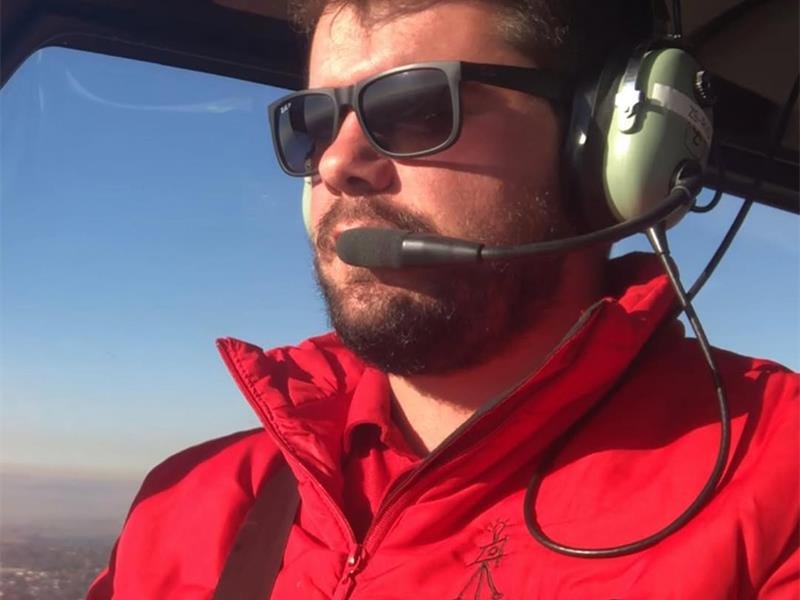
A family member of Mayank Prajapati speaking exclusively to Aviation Today, alleged that the accident resulted from air-traffic control (ATC) failures and unsafe training decisions.
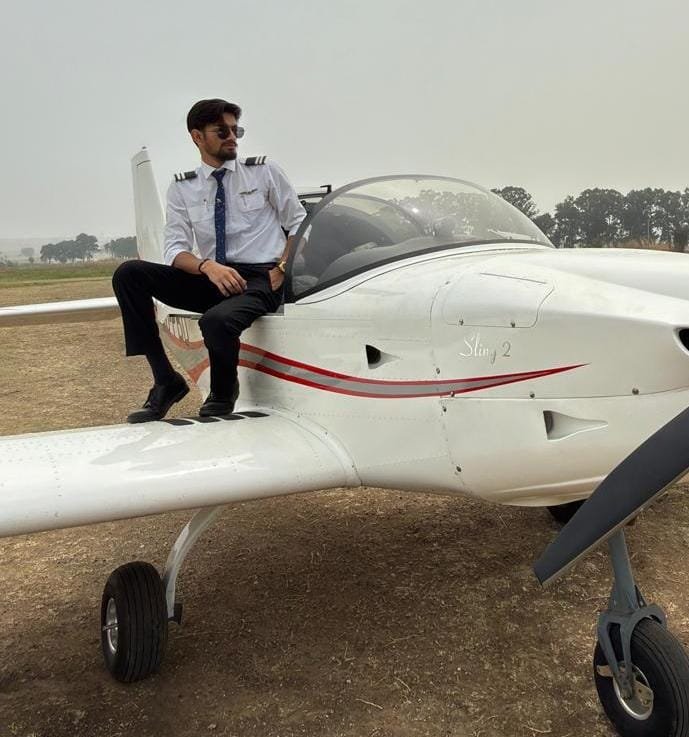
“The visibility that day was extremely poor, yet students were cleared to fly. Mayank was pressured to proceed despite the conditions,” the family member said. “ATC forced them to maintain altitude in thick clouds, threatening to cancel his Private Pilot Licence if he refused. That cost him his precious life.”
The family member claimed that this marks the third major accident linked to Aviation Junction Flying School in recent months, pointing to what she described as “blackmailing and negligence” by training authorities.
This follows a series of fatal crashes involving trainee pilots across South Africa, highlighting systemic safety gaps:
October 2025 – Johannesburg
A trainee pilot from Ranchi, India, Piyush Pushp died when a light training aircraft reportedly suffered engine trouble during a solo flight from the Vulcan Aviation Institute.
June 2025 – KwaZulu-Natal (Greytown region)
Three people were killed when a light aircraft crashed near Greytown after departing from an airstrip near Durban and heading to Pretoria. A provincial department confirmed that a female student pilot was among the fatalities
November 2024 – Cullinan / Pretoria area
Instructor and trainee killed in a light-aircraft crash. A light aircraft en route to Wonderboom Airport lost contact and later was found crashed east of Pretoria (Cullinan). Authorities reported the deaths of the flight instructor and the trainee; initial accounts placed the aircraft on a routine general-aviation flight before the accident.
February 2024 – Westonaria, Gauteng Province
A Cessna 172K registered ZS-FJU operated by Sun Quest Trading under Part 141 training operations crashed during a training flight. Two occupants were killed, flight instructor and student pilot.
While investigations into many of these crashes remain ongoing, aviation-safety experts say the pattern is alarming recurring training flights, small aircraft, and adverse-weather decisions.
The South African Civil Aviation Authority (SACAA) has been criticised for reactive oversight and limited enforcement capacity over smaller training schools, especially those operating older piston aircraft. Instructors have voiced concerns that many flight academies are “under-resourced but over-enrolled,” often pushing trainees to meet flying-hour targets regardless of weather or maintenance delays.


